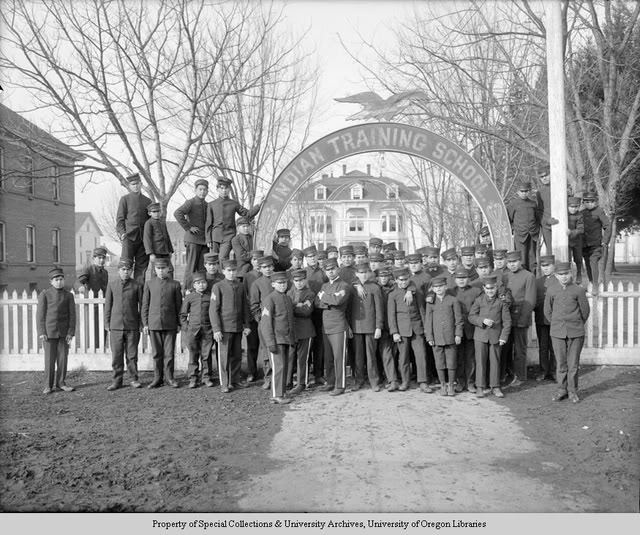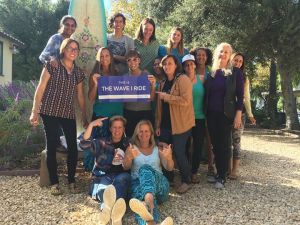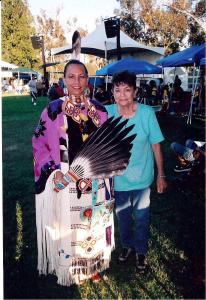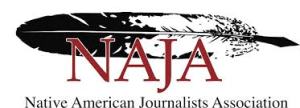
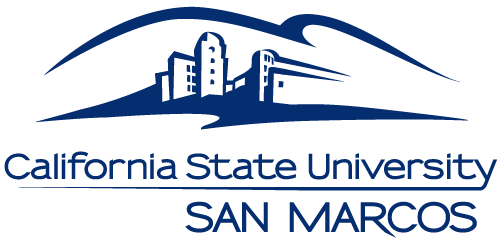
When I was 47, after a life of reinventing myself several times, I went back to school to finally get that degree I’d dreamed of, but previously didn’t have the resources. In those years of attending college part time at night, I also could never make up my mind about a major. I gave up. But then my life underwent a dramatic change, opening up the opportunity to continue my education, and by then I knew–or thought I knew–exactly what I wanted. I would pursue a law degree, because I thought that would be the best way I could contribute to improving the lives of my Indian people. And I knew that a bachelor’s degree in Native studies would pave the most fertile ground for a post-graduate degree. Of that I was certain.
So off to the University of New Mexico I went, finally knowing, in mid-life, exactly what I wanted. I loved it more than I can say. I knew it was exactly where I belonged, and my education helped me grow more into myself and put my life into perspective. It was everything I believe an education should do for a person–expand your world, and give you tools to contribute to making the world a better place. About halfway through my undergrad years, because of wise council from a trusted advisor I came to understand that going into law is not the only, or necessarily best, way to work for Indian country. I was in the McNair program, a federally-funded program to support under-represented minorities to enter the professoriate by earning Ph.D.’s. I decided against applying for law school and instead entered into a master’s program, thinking I’d eventually get the Ph.D. and teach. All I wanted to do was teach Native studies. I was clear about that much.
After six and a half straight years in college, and now in my 50’s, my life had once again taken some unexpected turns and I found myself at another crossroads. For a variety of reasons, I decided that a Ph.D. was not the best path for me. After earning my M.A., I went to work in the non-profit world at the Center for World Indigenous Studies, where we do amazing work in research, policy, and education for indigenous communities around the world. I also developed my skills as a writer/journalist, which led me to my adventure as an author. All along the way, I was volunteering my time as a community-based educator at the K-12 level, and doing increasingly more public speaking events in colleges and private venues.
Finally, in 2016 I was approached by Joely Proudfit, Chairperson of the American Indian Studies program at California State University San Marcos, with an offer to teach in that department. Because of a busy book tour that fall, I was not able to accept. She approached me again this year and this time the stars all lined up and I was able to accept the position of lecturer.
I think it’s uncommon that people get to a place in life where they know that they are in exactly the right place in their lives, doing exactly what they are meant to do. It took years and years for me to find my role in life, and it was a circuitous and often painful, difficult journey. When I went back to school, I was a single mom to a 9 year old who just lost his dad. I had no family around me, until my mom got really sick and had to come live with me, at which point I became her caretaker. She died a year and a half later, just as I entered grad school. I’d lost my dad my first year back at school. On top of that, I had a number of health issues, not the least of which was stress-related.
When I look back, I don’t know how I made it through…sheer willpower, I guess. Pure stubbornness, probably. But I can honestly say I made it, I am doing what the Creator meant for me to do in this life. My position at CSUSM is not a fancy tenure-track professorship. But I am still doing the work of teaching young and open minds, correcting history, and exposing them to the realities of Indian country and the relations between Native Nations and an oppressive federal legal system. And I couldn’t be happier about it.
The lesson? Never give up on your dreams. Just keep moving forward and believe you can do it. See in your mind’s eye what you want for your life, and go for it…you can’t create something you can’t first imagine it. And be willing to work hard for it, because for most of us, it’s not going to get handed over on a silver platter. It’s like Obi Wan Kenobi said to the young Luke Skywalker: your focus determines your reality.




